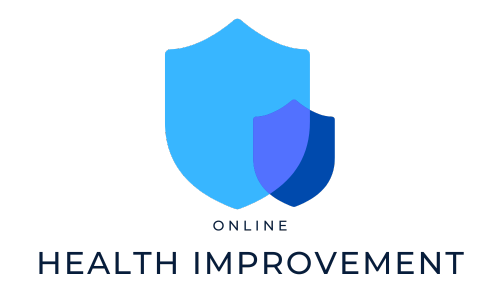Title: Bone Health and Osteoporosis Prevention and Management
Introduction:
Bone health is an essential aspect of overall well-being, providing support, protection, and maintaining mobility. However, as individuals age, the risk of developing osteoporosis increases. Osteoporosis is a condition characterized by low bone density and increased vulnerability to fractures. The good news is that taking preventive measures and implementing effective management strategies can significantly reduce the risk and impact of osteoporosis. This article aims to explore various methods of bone health enhancement and osteoporosis prevention and management, offering a step-by-step approach to better bone health.
1. Importance of Nutrition:
Maintaining a balanced diet is crucial for bone health as it ensures the availability of essential nutrients. Key components to focus on are:
– Calcium: An integral component of bone structure, obtaining adequate calcium through dietary sources, such as dairy products, leafy greens, and fortified foods, is vital.
– Vitamin D: Essential for calcium absorption, vitamin D can be acquired through sunlight exposure or derived from dietary sources like fatty fish, eggs, and fortified products.
– Protein: Plays a significant role in bone formation and maintenance. Incorporate lean meats, legumes, nuts, and dairy products into your diet to meet protein needs.
– Dark leafy greens: Rich in calcium, magnesium, and vitamin K, these greens offer a wide range of bone-supporting nutrients.
– Limit caffeine and alcohol: Excessive consumption of caffeinated beverages and alcohol can hinder calcium absorption and put strain on bones.
2. Physical Activity and Exercise:
Engaging in regular physical activity and exercise is essential for maintaining bone health and reducing the risk of osteoporosis. Focus on exercises that promote strength, balance, and flexibility, such as:
– Weight-bearing exercises: Activities that make you support your own weight, like walking, jogging, dancing, and stair climbing, can strengthen bones.
– Resistance exercises: Include weightlifting, resistance band exercises, and bodyweight exercises to improve bone density and muscle strength.
– Balance exercises: Incorporate exercises that improve balance and stability, such as yoga, tai chi, and Pilates, to reduce the risk of falls and fractures.
3. Lifestyle Factors:
Certain lifestyle choices can significantly impact bone health and osteoporosis prevention, such as:
– Avoid smoking: Smoking can decrease bone density and increase the risk of fractures.
– Limit alcohol consumption: Excessive alcohol intake can interfere with calcium absorption and contribute to bone loss.
– Maintain a healthy weight: Being underweight or overweight can impair bone health, so strive for a balanced weight through healthy eating and regular exercise.
4. Screening and Medical Intervention:
Early detection and intervention can help manage osteoporosis effectively. Consider the following measures:
– Bone mineral density testing: A painless test that measures bone density, helping identify osteoporosis or low bone density early on.
– Medications: Your healthcare provider might prescribe medications to slow bone loss or increase bone strength. Understand the possible benefits and risks involved and discuss them with your doctor.
– Hormone therapy: In certain cases, hormone replacement therapy may be recommended to address bone loss associated with menopause.
Conclusion:
By incorporating these preventive measures and management strategies into your lifestyle, you can significantly reduce the risk of developing osteoporosis and maintain optimal bone health. Remember to focus on a nutrient-rich diet, engage in regular physical activity, make healthy lifestyle choices, and seek medical guidance when necessary. Prioritizing bone health now will ensure a stronger and healthier future.
